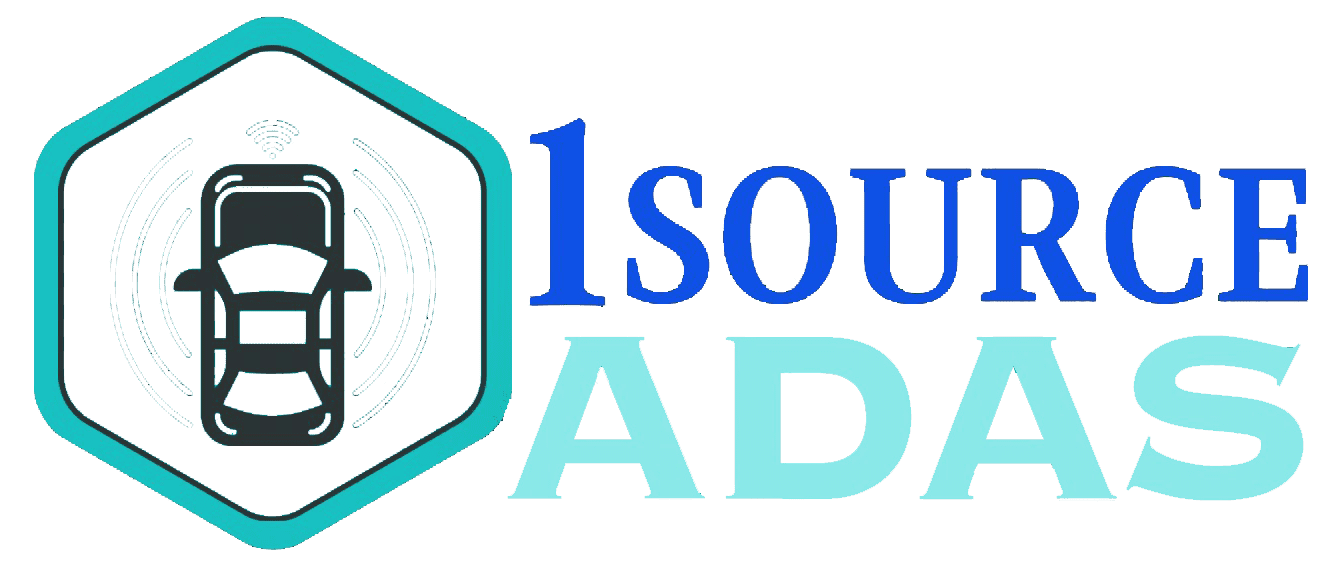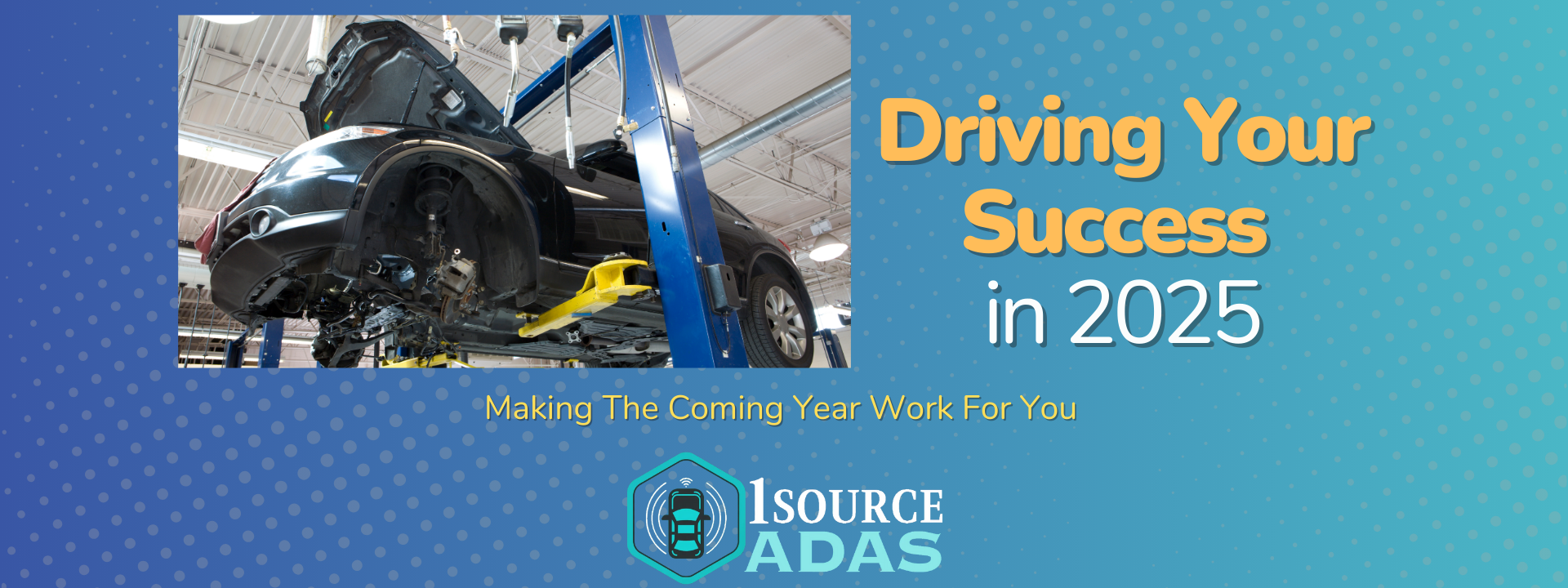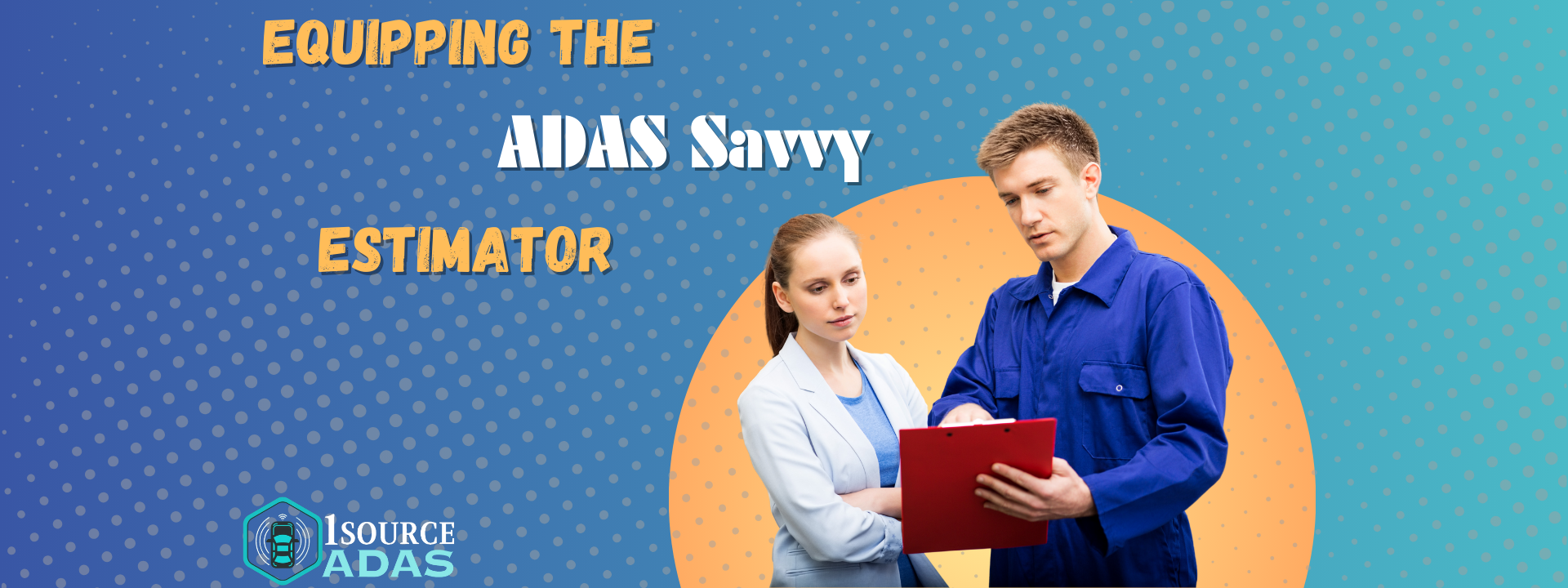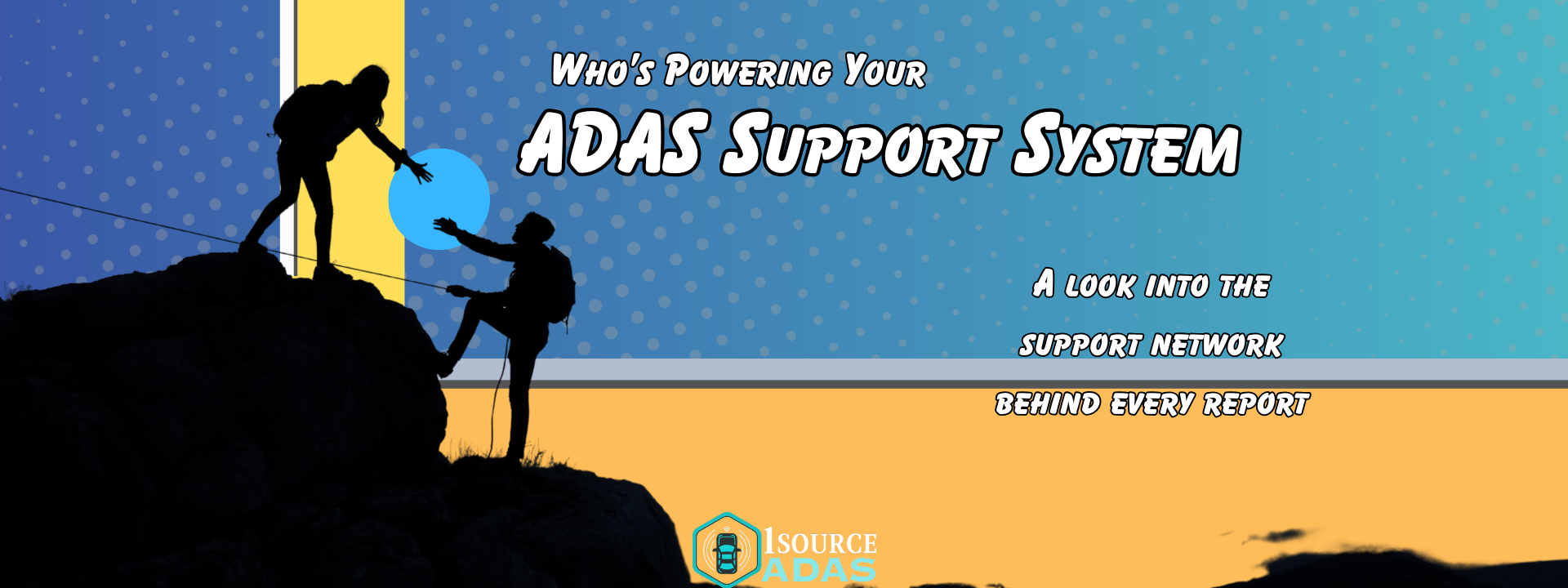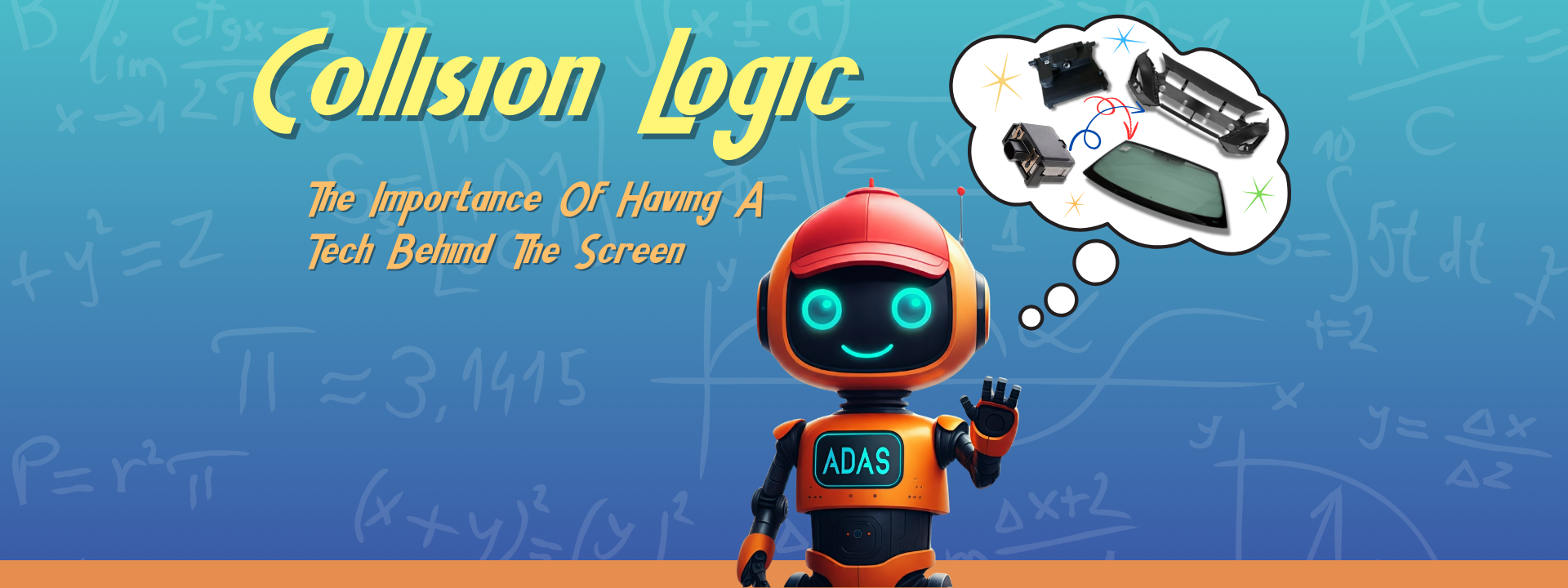Contact@1sourceADAS.com
Doing the same thing every time will preemptively solve problems a lot of the time.
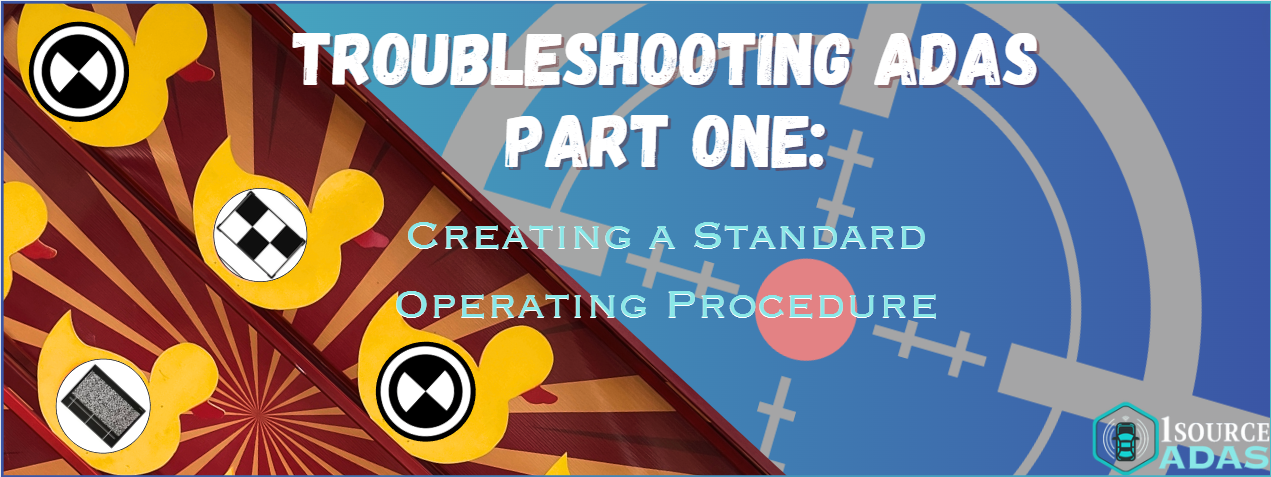
A Standard Approach
Welcome to the first installment of our ADAS Troubleshooting series! Stay tuned; we’ll examine some processes and best practices to help you stay on target on every job. In our final installment, we will examine some specific common issues when servicing ADAS.
A standard approach is always a good start, whether writing a blog, cooking dinner, or providing ADAS service. An effective standard operating procedure allows you to move through a repair intelligently and avoid chasing an issue in circles. Many of these suggestions are general, and not every step may be required each time, but when faced with a non-standard issue, having a go-to protocol can save hours of unnecessary work. So, let’s look at some potential action items you can incorporate into your SOP to make the process smoother and faster every time.
Know the repairs
One of the best advantages you can give yourself is to review the repair. When we complete our calibrations and service, the vehicle's collision repairs are often complete. Not having a damage trail to follow can be a disadvantage when it comes to successful troubleshooting. Before getting started, make sure to review the estimate. What systems or sensors might be located in the damaged areas? What components were repaired versus replaced? Were any aftermarket components used? These factors can all be critical when troubleshooting an issue.
This is also the perfect time to employ a time-saving tool like the 1Source ADAS platform. Once you’ve reviewed the estimate, simply drop it into 1Source for an instant report that details the required calibrations, pre-calibration requirements, and safety inspections required for the repair. Try it free for 7 days at
http://1sourceadas.com.
Ideally, we should understand the damage that was repaired and how the damage got there. Rear-ending a sedan and hitting a deer may have similar repair estimates but completely different implied force profiles. If a bumper was damaged by the tow truck as it was being pulled out of a lake, it’s no ordinary bumper job! The facts of loss can play a role in the services required.
Verify the Reported Issue
Not every job will be a straightforward calibration. Intermittent issues, affected sub-systems, and other issues can require in-depth troubleshooting. Sometimes, components simply misbehave. However, before disassembling that vehicle, can you verify the reported issue? Is it doing what they say it’s doing? Attempting to provide service before verifying the reported issue can create many new issues, causing delays, increased costs, and unhappy customers. It’s a tough call, but sometimes the correct answer is, ‘We can not replicate the problem.’ Chasing a ghost can be a losing proposition.
You can verify the issue with a visual inspection, simple scan, test drive, or other method. What counts is ensuring it is present and repeatable before trying to service it.
Check for TSBs
TECHNICAL SERVICE BULLITENS ARE YOUR FRIEND!
If you’re unfamiliar with technical service bulletins (TSBs), they are documents that a vehicle manufacturer sends to service centers to describe and address problems with a specific vehicle or vehicle line. TSBs can include information about parts malfunctions, required updates, or non-safety-related issues. They often include step-by-step repair instructions, software updates, or other modifications.
Check the TSBs every time you troubleshoot an issue. If there is a TSB for the issue, it’s a big deal. Maybe it gives you the exact fix. Maybe it’s a recall you can’t address. Either way, checking the TSBs can save you time and help you dodge some major headaches.
New to hunting for TSBs? It’s easy and free. You can look them up through the NHTSA at
https://www.nhtsa.gov/recalls#vehicle. They are also available through service provider sites such as Alldata and OEM sites.
Visually Inspect for the Obvious
Once you know the repair, have verified the issue, and confirm no active TSBs are related to your work, you should start a physical inspection. Too often, we begin our work by plugging into the vehicle without considering anything else. Look over the repairs, check connections, and find any obvious troublemakers. We’ve all spent time digging only to find the culprit was a loose connection.
A visual inspection can uncover improperly installed sensors or cameras, damaged wiring, or other physical impediments to the component's proper operation.
The visual inspection with the completed repair in mind allows you to trace the damage path and inspect components in the path of the repair. It’s also an opportunity to catch installation errors on the front end. After all, plugging in does you no good if the RADAR module is installed backward.
Complete a Vehicle-Wide Scan
It’s tempting to jump directly to the perceived source of the issue. Instead, resist that temptation and complete a complete vehicle scan. This way, you’re digitally verifying your physical inspection. There is often a high degree of interaction between ADAS systems, so catching a seemingly unrelated one at this stage could save you on the repair. Once you are familiar with the vehicle and verify everything visually is correct, complete your initial scan. The goal is to verify that the problem we’re after is the only problem to chase.
Conclusion
Knowing the repair, the facts of loss, and properly inspecting the vehicle will absolutely save time on some of the jobs you will encounter daily. TSBs may even let you know it’s not your job altogether!
Sadly, this is just part one of the series, which means that even if you did everything on the list, there may still be issues. That’s okay, though! Follow up with us next week as we delve deeper into helpful tips and practices for decoding troublesome repair issues. If you have some good SOP practices you'd like to share, feel free to drop them in any of our social media chats; we would love to hear them!
1 Source ADAS, based in Longview, Texas, is a leading provider of ADAS calibration software and solutions, expertly designed to support automotive professionals. Our technology ensures the highest safety and performance standards by delivering precise calibration and detailed reporting for all ADAS-equipped vehicles.
OFFICE HOURS
- Monday
- -
- Tuesday
- -
- Wednesday
- -
- Thursday
- -
- Friday
- -
- Saturday
- Closed
- Sunday
- Closed
GET INDUSTRY UPDATES
Get updates on the software, industry news, and tips!
©2023 - 2025 1 Source ADAS. All rights reserved.

